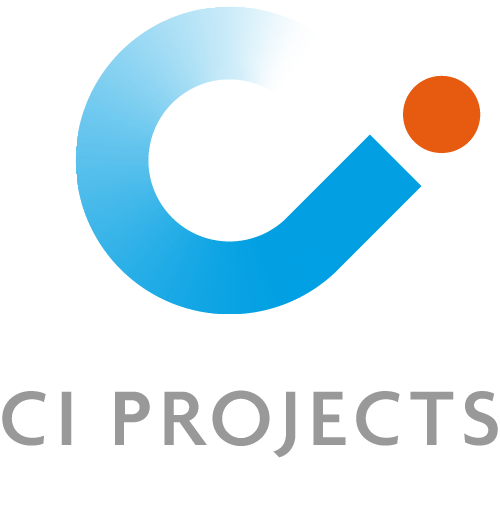
Lean Six Sigma is helping pharma manufacturers improve performance, increase operational efficiency and ensure quality
By John Danese and Dennis Constantinou
First published in https://www.contractpharma.com/
The pharmaceutical industry, which is generally associated with precision and quality control, has in reality failed to keep up with other industries in terms of manufacturing efficiency and productivity, largely because of the cost and burden involved in revalidating any process changed in the spirit of improvement. Once manufacturers confirm or validate their processes as compliant, they traditionally have been very reticent to change them. The simple fact is that pharmaceutical manufacturers, which historically have enjoyed consistently robust profit margins, have had little economic incentive to introduce change.

The challenge
Reduce Inefficiency and Waste
The industry’s focus on maintaining the status quo in its manufacturing environment has produced inefficiency and waste. It is estimated that the potential worldwide cost savings from efficiency improvement could be as high as $90 billion. While R&D is generally considered a major cost center for the pharmaceutical industry, manufacturing quietly accounts for more than twice the expense of R&D — representing 36% of a pharmaceutical manufacturer’s costs, on average. The true cost of manufacturing becomes even more apparent when one considers the amount attributed to non-value-added activities and waste — 80% and 50%, respectively.
Quality has also suffered under the status quo. The reject percentage in the pharmaceutical industry ranges from 5% to 10% (<2 Sigma), compared to 0.0001 (6 Sigma) in the semiconductor industry. This reject percentage costs the industry between $4.5 billion and $9.0 billion per year based on $90 billion/year spent on manufacturing.
A new era is dawning in the industry as pharmaceutical manufacturers increasingly focus on reducing operational costs while ensuring compliance. Cost pressures are intensifying as many pharmaceutical manufacturers see a dwindling product pipeline, as well as greater competition. To ensure that their bottom lines remain solid, pharmaceutical manufacturers are looking to increase the efficiency of their operational and manufacturing processes — optimizing resources, improving efficiency, reducing waste and controlling inventory.
The solution
Lean Six Sigma offers Pharma a Solution
Pharma manufacturers are now looking to Lean Manufacturing and Six Sigma principles — proven in other industries — to help them boost operational efficiency and improve quality, while facilitating compliance.
While several important factors have converged in recent years to jumpstart substantial change in the pharmaceutical industry, the regulatory climate plays a significant role in how pharmas approach and manage their manufacturing operations. The FDA, in addition to other regulatory bodies, now supports approaches that seek to reduce risk by building quality into the manufacturing process from the start, as opposed to relying on end-process testing. Further, regulatory organizations have begun to endorse a “quality by design model” that contrasts with the industry’s historical “quality by test” results approach. As part of this shift, the FDA launched its Process Analytical Technology (PAT) initiative, a risk-based guidance model that seeks to direct pharmaceutical manufacturers toward consistent and predictable quality (higher sigmas). The PAT approach is to build in quality improvements on the factory floor through a deep understanding of how variable process attributes affect product quality at a fundamental level.

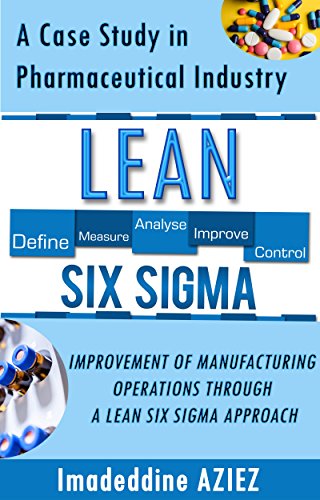
The results
Easier, Better Quality, On-time Delivery and Lower Costs
Pharmaceutical manufacturers are reaping the benefits that Lean Six Sigma practices can deliver to their organizations and the industry as a whole. To successfully transform their organizations, however, pharmaceutical manufacturers must gain greater visibility into their end-to-end operations and increasingly must look to integrated IT infrastructures to help them execute Lean Six Sigma paradigms and, ultimately, achieve new levels of operational efficiency, quality and corporate performance.
References Benson, R.S. and D.J. MacCabe. “From Good Manufacturing Practice to Good Manufacturing Performance.” Pharmaceutical Engineering, July/August 2004. “New Prescription for Drug Makers: Update the Plants,” The Wall Street Journal, September 3, 2003. ibid. John Danese is product strategy director, Life Sciences, Oracle. Dennis Constantinou is senior director, Life Sciences, Oracle.



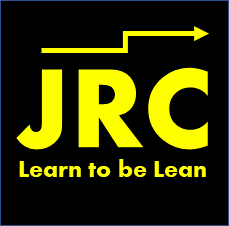
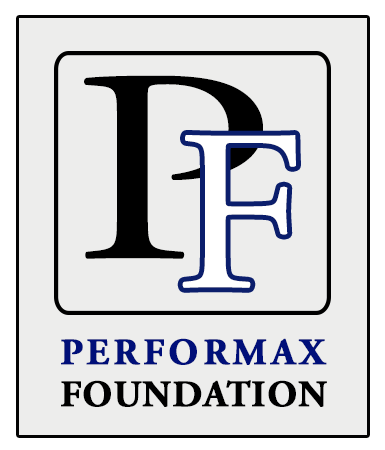




















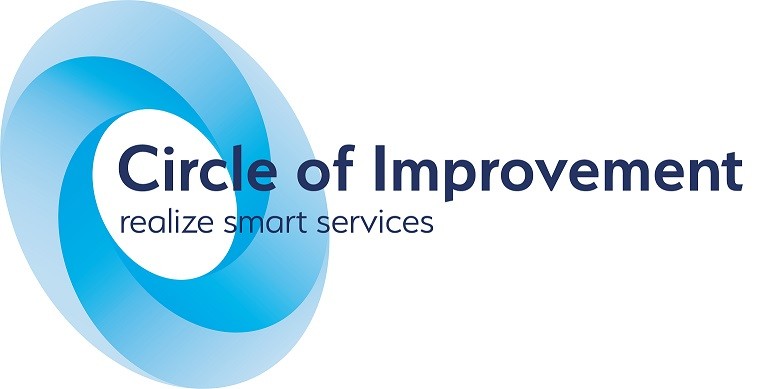



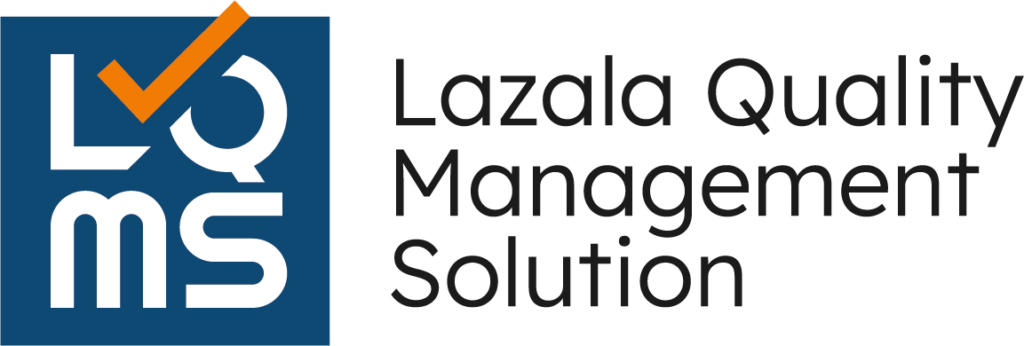








![UCOURSE.ORG [UCOURSE Academy] was established in Hong Kong in 2019 (company name: UCOURSE LTD), dedicated to providing high-quality online courses and courses for Chinese people in China, Hong Kong, and even all over the world. UCOURSE.ORG 【优思学院】于2019年成立于香港(公司名称:优思学院有限公司 / UCOURSE LTD),致力于为中国、香港、以至身处于全球各地的中国人提供优质的线上课程和考试认证,促进全国的人材培育、个人的职业发展,让学员在事业上事半功倍,同时助力国家的未来的急促发展。](https://ilssi.org/wp-content/uploads/2021/02/ucourse-logo-250.png)
















